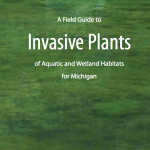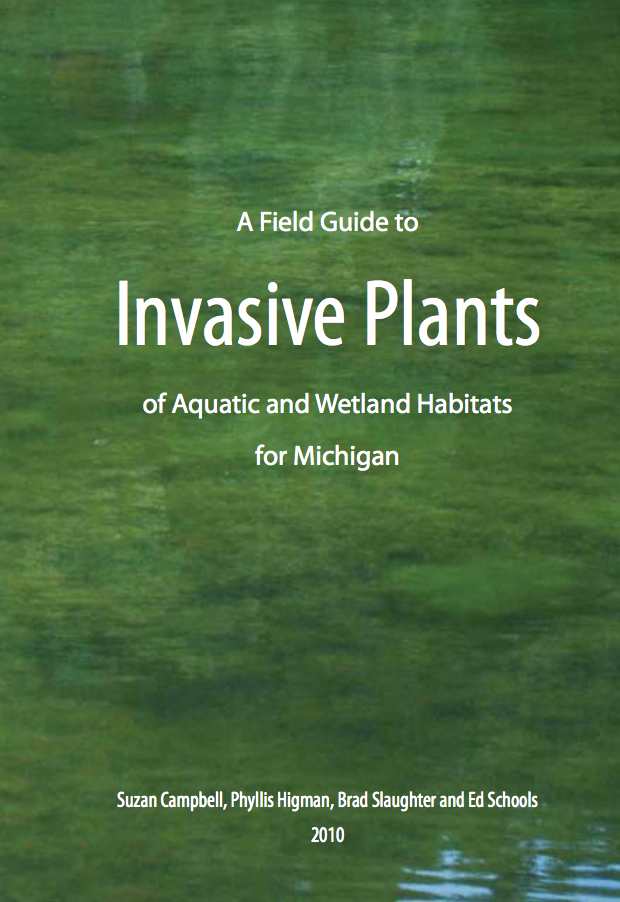- Version
- Download 95
- File Size 4.18 MB
- File Count 1
- Create Date September 5, 2015
- Last Updated September 28, 2016
A Field Guide to Invasive Plants of Aquatic and Wetland Habitats for Michigan
The book was written about the Michigan area but many of the plants described can be found on the east coast and some are in Lake Truesdale and the surrounding areas.
Source:Â http://msue.anr.msu.edu/news/water_enthusiasts_can_id_invasive_plant_species_with_helpful_guide
Below is the book summary from the inside pages:
This booklet was developed to help managers of wetlands and aquatic resources identify invasive plant species that may pose a threat to their management goals. Detecting these plants during the early phase of their invasion is essential to achieving cost effective removal or control. The species in this field guide are included for at least one of the following reasons:
•site managers in Michigan report them as a significant problem;
•there is research literature documenting their adverse impacts on native plant and animal communities within the Great Lakes region;
•they are included in multiple listings of invasive plants and are readily available commercially as aquarium or water garden plants;
•they are listed as restricted or prohibited under Michigan’s Natural Resources and Environmental Protection Act 451 of 1994, Section 324.41301.
Inclusion in this guide does NOT imply legal status as a prohibited or restricted species under Michigan law. Only a few of the included species are prohibited or restricted by law and in these cases restrictions are noted. Also, this field guide does not rank individual species by their level of threat—determining the “invasiveness†of each species is a complex process still ongoing for Michigan at the time of publication.
Several of the plants in this guide are readily available in the horticulture or aquaculture trade and this guide makes no recommendations as to their sale, planting, or presence where they may pose little threat. Not all species are equally invasive and in some cases cultivars may not share the invasive traits of their parent species. However, some species, once thought to be benign, are now serious problems in Michigan.


